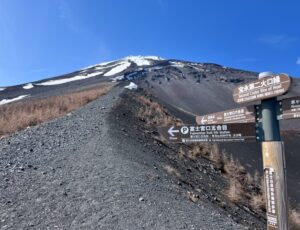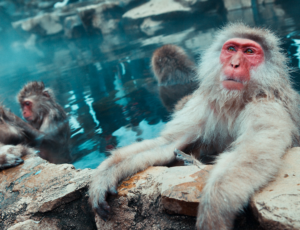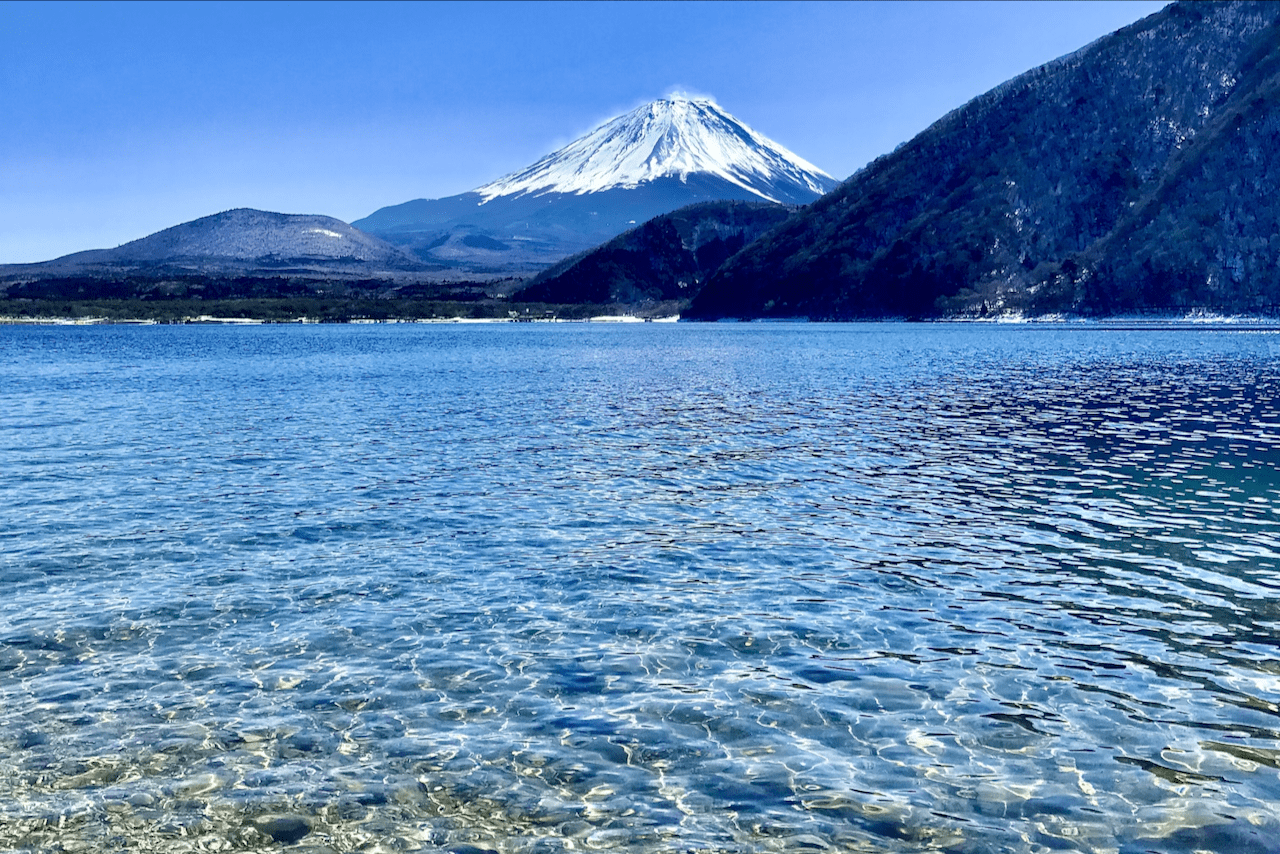
The Best Season to Visit Mt. Fuji for the Most Iconic Views
Mt. Fuji, Japan’s iconic stratovolcano, is a must-see destination known for its stunning beauty and cultural significance. Choosing the right season to visit can greatly enhance your experience and maximize your chances of witnessing Mt. Fuji in its full glory. Based on visibility data collected in 2023 by the Fuji City General Affairs Planning Division, Mt. Fuji was fully visible on 154 days, partially visible on 90 days, and not visible on 121 days. Here’s a guide to help you discover the best time to visit Mt. Fuji for the most breathtaking views.
Jump to:
Spring (March to May): Cherry Blossoms and Mild Weather
Summer (June to August): Climbing Season and Festivals
Autumn (September to November): Vibrant Fall Foliage and Clear Skies
Winter (December to February): Snow-Capped Beauty and Crisp Views
The Best Time to Visit Mt. Fuji
Spring (March to May): Cherry Blossoms and Mild Weather
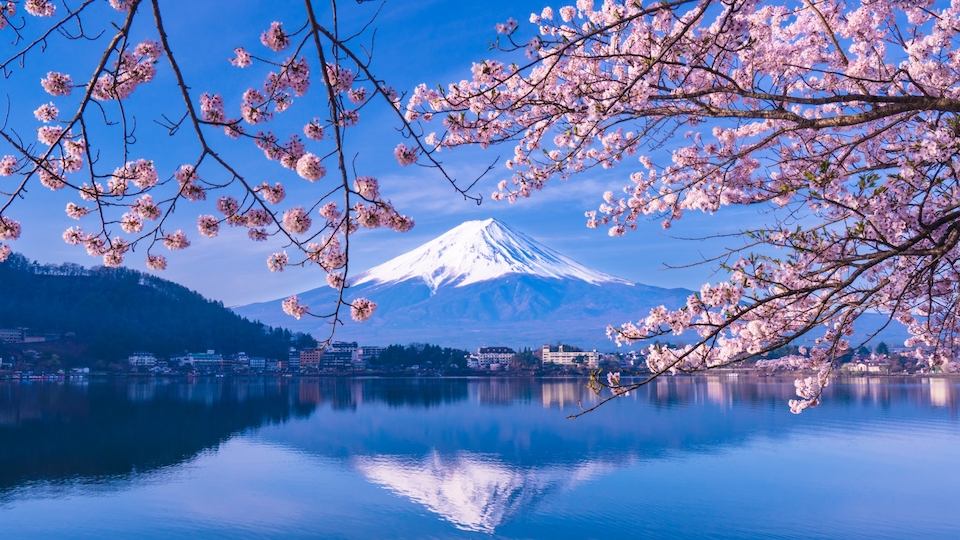
Pros:
- Cherry Blossoms and Mt. Fuji: Witnessing Mt. Fuji with cherry blossoms in full bloom is one of Japan’s most picturesque scenes.
- Pleasant Temperatures: Spring offers moderate temperatures, ideal for outdoor activities and sightseeing.
- Clear Views: Generally, clear skies in spring provide excellent visibility of Mt. Fuji.
Visibility Data:
- March: 15 days fully visible (48%), 2 days partially visible (6%), 14 days not visible (45%)
- April: 11 days fully visible (37%), 8 days partially visible (27%), 11 days not visible (37%)
- May: 10 days fully visible (32%), 6 days partially visible (19%), 15 days not visible (48%)
Cons:
- High Tourist Traffic: The cherry blossom season attracts many visitors, leading to crowded viewing spots.
- Variable Weather: Early spring weather can be unpredictable, with chilly temperatures.
Summer (June to August): Climbing Season and Festivals
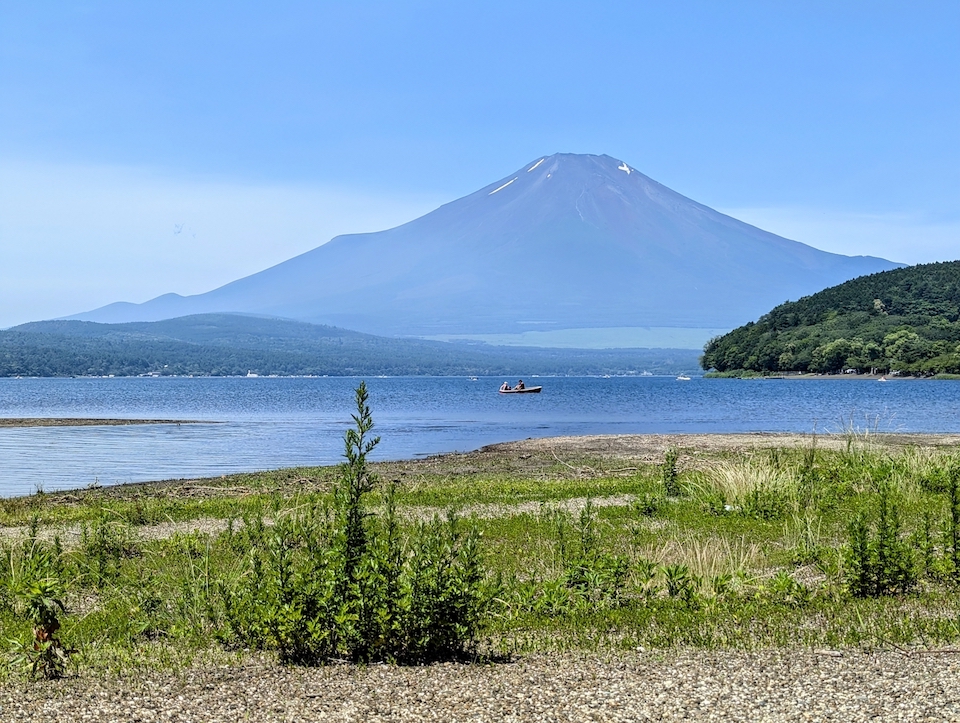
Pros:
- Official Climbing Season: The climbing season for Mt. Fuji opens around July 1st on the Yamanashi side and July 10th on the Shizuoka side, closing around September 10th. This is the perfect time for those who want to climb Mt. Fuji and experience its summit.
- Festive Atmosphere: Summer is filled with local festivals and cultural events, adding to the vibrant experience.
Visibility Data:
- June: 3 days fully visible (10%), 7 days partially visible (23%), 20 days not visible (67%)
- July: 5 days fully visible (16%), 7 days partially visible (23%), 19 days not visible (61%)
- August: 6 days fully visible (19%), 15 days partially visible (48%), 10 days not visible (32%)
Cons:
- Hot and Humid: The weather at lower elevations can be quite hot and humid, though it’s cooler at higher altitudes.
- Cloud Cover: Summer often brings cloud cover and haze, which can obstruct views of Mt. Fuji.
Autumn (September to November): Vibrant Fall Foliage and Clear Skies
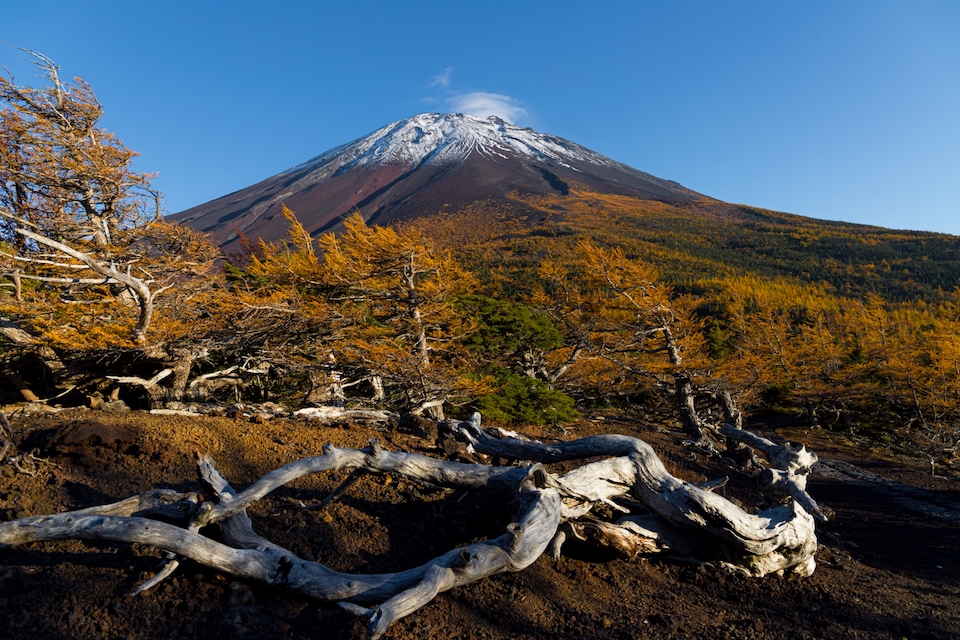
Pros:
- Stunning Fall Colors: Autumn provides a spectacular display of fall foliage against Mt. Fuji’s backdrop.
- Stable Weather: Clear, stable weather conditions in fall offer some of the best visibility of Mt. Fuji.
- Fewer Crowds: Compared to spring and summer, autumn sees fewer tourists, offering a more serene experience.
Visibility Data:
- September: 14 days fully visible (47%), 9 days partially visible (30%), 7 days not visible (23%)
- October: 19 days fully visible (61%), 9 days partially visible (29%), 3 days not visible (10%)
- November: 17 days fully visible (57%), 8 days partially visible (27%), 5 days not visible (17%)
Cons:
- Cooler Temperatures: Late autumn can be quite chilly, especially at higher altitudes.
- Shorter Days: As autumn progresses, daylight hours shorten, limiting time for exploration.
Winter (December to February): Snow-Capped Beauty and Crisp Views
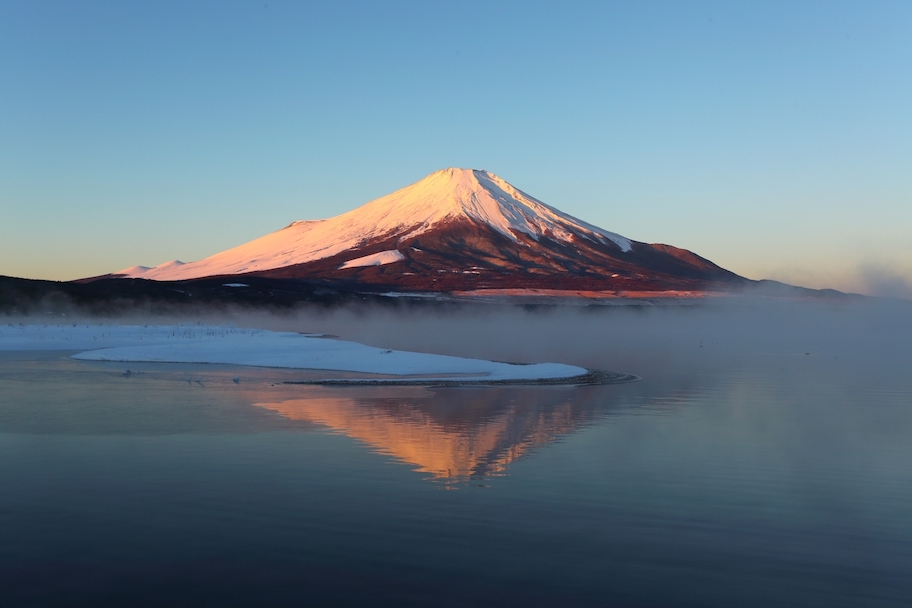
Pros:
- Snow-Capped Peak: The snow-covered peak of Mt. Fuji offers a classic and breathtaking winter scene.
- Crystal Clear Views: Winter’s crisp air often results in some of the clearest views of Mt. Fuji.
- Winter Festivals: Seasonal festivals and illuminations enhance the winter experience.
Visibility Data:
- December: 21 days fully visible (68%), 6 days partially visible (19%), 4 days not visible (13%)
- January: 19 days fully visible (61%), 5 days partially visible (16%), 7 days not visible (23%)
- February: 14 days fully visible (48%), 8 days partially visible (28%), 6 days not visible (21%)
Cons:
- Harsh Cold: Freezing temperatures can be challenging, particularly at higher elevations.
- Limited Accessibility: Snow and ice may restrict access to certain trails and roads.
Conclusion
For the most iconic views of Mt. Fuji, autumn emerges as the prime season. With vibrant fall foliage, stable weather, and fewer tourists, autumn offers an ideal opportunity to capture the mountain’s beauty. However, each season provides its own unique charm, making Mt. Fuji a year-round destination.
To make the most of your visit, consider your preferences for weather, crowd levels, and scenic beauty. Whether you’re photographing the cherry blossoms in spring or enjoying the snow-capped peak in winter, timing your visit right can significantly enhance your experience. Plan accordingly and enjoy the breathtaking views of Mt. Fuji!
*Information as of February 2024.

